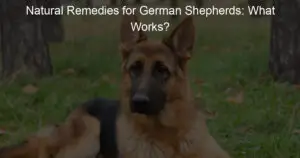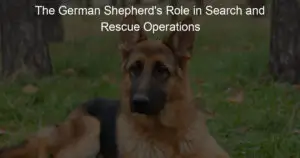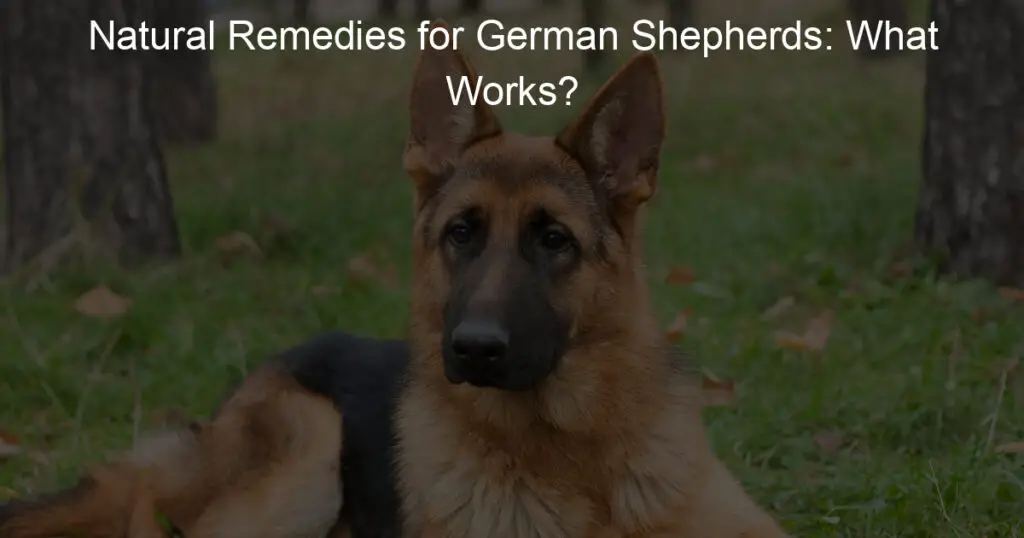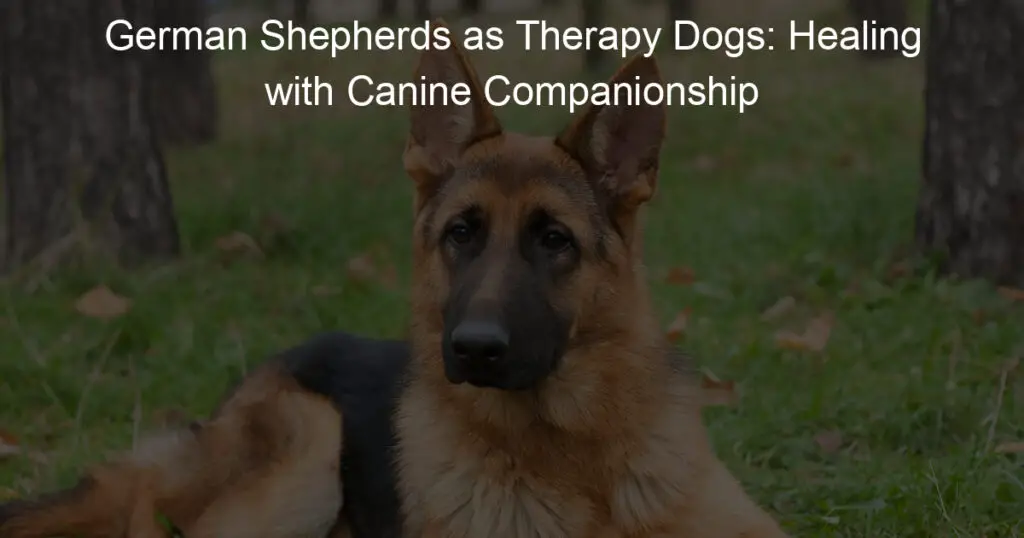Agility training is one technique to boost your dog’s confidence. Also, treating your dog for accomplished tasks will train your dog how to leap over barriers and navigate tunnels, all of which will help your pup develop self-confidence.
Agility training will increase your shepherd’s confidence and trust in you. Your puppy will grow to trust you intensely when you demonstrate that you can work as a team to conquer obstacles.
This is also very beneficial for police dogs since it fosters cooperation and mutual trust between them and their handlers.
Is German Shepherd an Agile Breed?

These dogs are typically active because they were designed to be agile. Because they can jump over high fences, they are ideal for expansive yards with such barriers. They make excellent pets for families and those who are active because they are generally well-behaved.
German Shepherds were initially developed as a herding breed to guard and manage farm animals like sheep.
During these jobs, they could quickly scale fences, but nowadays, they are kept as household pets, primarily in cities and suburbs.
German Shepherds make excellent family pets because they typically prefer playing with kids or even dogs to scaling fences.
If their urge for action is not met, they will find their amusement by getting into trouble around the house. This makes it crucial for owners to ensure that these puppies get enough exercise and time outside.
German Shepherd’s Agility Obstacles
The obstacles consist of the following;
- Tunnels
- Weave poles
- Dog walk
- A-frame
- The seesaw or teeter-totter
- Pause table
- A range of jumps
Preparing for Agility

Your dog has to be ready to start agility training. They have to pick up the following:
1. Come Around When You Call
Off-leash agility courses stimulate dogs to a great extent. Even dogs watching from the sidelines get thrilled.
All dogs must be kept in check and readily put back in control if they lose themselves. Some practice facilities might need to be fixed.
2. Lie or Sit Down on Cue, and Maintain either Posture Until Signaled to Stop
These exercises are meant to non-confrontationally “anchor” your dog and establish you as their leader. For agility, you require both this relationship and control.
3. Be Dog-Friendly
Even in a highly thrilling situation, be dog-friendly. The introductory training class is the ideal setting to practice this skill.
When taking your dog for training, allow him to interact with other dogs and people.
This is because they meet many new dogs, even those who initially react defensively when other dogs are nearby. They usually start to greet newcomers with tail wags.
4. Handling Chewing and Biting
German shepherd puppies, in particular, have a reputation for being chewy. Puppy chewing helps them use their senses and better grasp their environment, so this is not always bad. They can relieve teething pain by chewing.
Your German shepherd shouldn’t bite you or gnaw on your beloved pair of socks. It would help if you instilled in them that these acts are inappropriate from the beginning.
5. Leash Training

Make sure your German shepherd is at ease with the leash and exhibits appropriate manners if you want them to have the best “walkies” of their lives.
Getting your German shepherd used to walking on a leash is easy. You gradually start doing it to them while giving them treats.
You can begin training your shepherd to walk well-mannered on a leash once they are comfortable using one. During this phase, they must learn to walk on a loose leash and be on a heel.
The rookie agility competitor will benefit from many other fundamental training techniques, but these will help you start.
Adolescence and puppyhood are ideal times to focus on basic skills in lessons that help adapt your dog to the environment of dog events because the joints of puppies are not developed sufficiently for the stress of leaping.
To locate chances for training your dog, search online, in your neighborhood trainers, and groups. There are variations in the regulations, titles, jump heights, and other elements from one group to the next. Locate those in your neighborhood whose rules best suit your dog.
If you want to participate in agility activities with your dog, talk to your veterinarian about the dog’s age, health, and conditioning. By having jumps set to dog-friendly heights, agility may be a pleasant sport for you and the dog to engage in on a casual, noncompetitive basis.
Final Word
German shepherds are among the bravest, kindest, and most hard-working dog breeds. They are also among the kinds that are easiest to teach. They have unmatched loyalty and like nothing more than making their owner happy.
German shepherds are, nonetheless, rather “demanding” dogs. They require a motivated owner who will get them working with confidence and plenty of mental stimulation and exercise.















